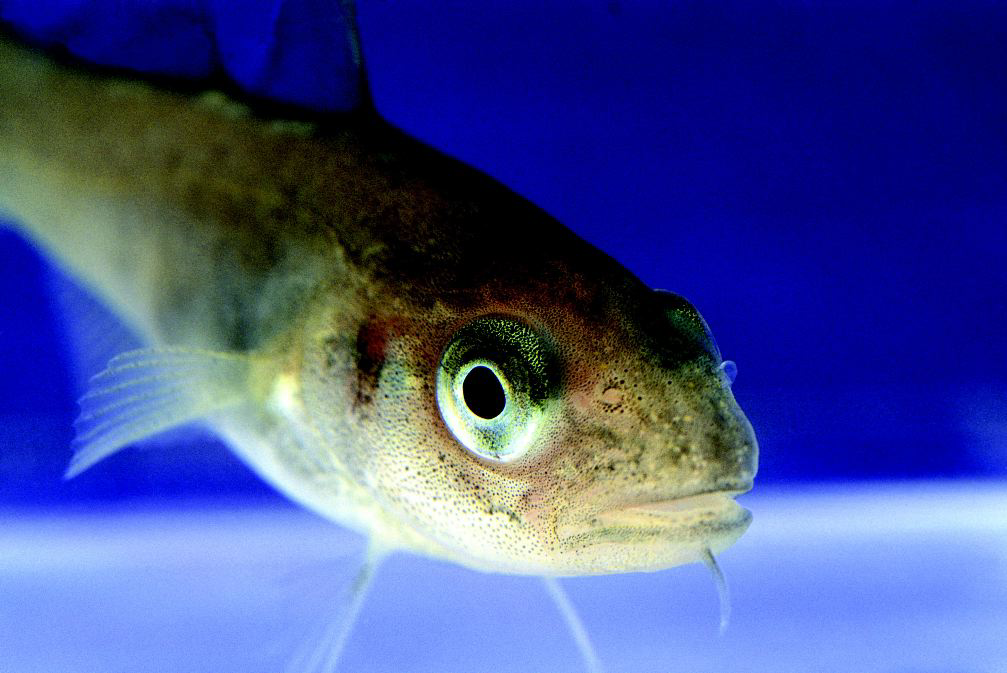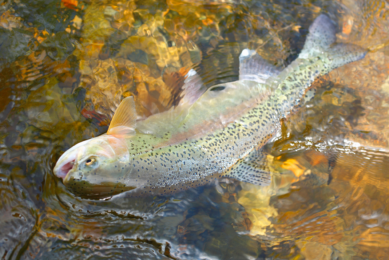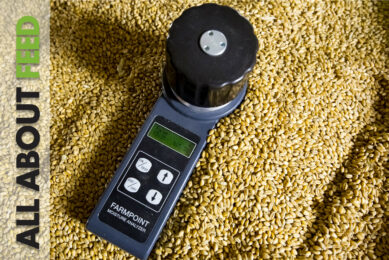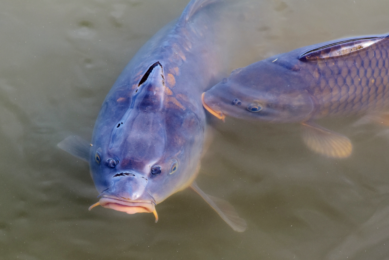Duckweed for balanced fish diets in India

Duckweed could be an important source of proteins, vitamins and minerals, suitable for incorporation in fish diets. Especially in India, this could be of great potential.
The northeast (NE) part of India has an abundance of aquatic weeds, among which duckweed, that grow throughout the year. A few of them are consumed by local people but many remain unutilised and go to waste. Some of the aquatic weeds are widely distributed in this part of the country but not studied or used for their nutritional value.
4 weeds studied
A study was conducted to evaluate the nutritional potential of 4 commonly available, unexplored aquatic weeds namely, Salvinia cuculata, Trapa natans, Lemna minor (duckweed) and Ipomoea reptans from northeast India for ascertaining their suitability for utilisation as supplementary fish feed with the aim to reduce the cost of commercial feeds.
High vitamin E and C content
Results of proximate analysis showed that the crude protein content of the aquatic weeds ranged between 11.0% and 32.2% (w/w), whereas crude fibre and ash contents varied between 4.2% and 20% (w/w), and 13.3% and 31.2% (w/w), respectively. Protein to energy ratio (P/E) of these weeds ranged between 30.7 mg/kcal and 95.3 mg/kcal and the highest value was displayed by I. reptans. All of these aquatic weeds contained high amounts of vitamins E and C and mineral elements required for the normal growth and development of fish.

Also interesting: Aquafeed market: Global trends and forecasts
The aquafeed market has grown exponentially in the last decade and this growth is expected to continue. Here we look at a few global trends and the forecasts for the coming years.
Anti-nutritional components
Analysis of anti-nutritional factors showed that the concentration (g%) of trypsin inhibitor (TIA) ranged from 1.1% to 1.5%, calcium oxalate concentration ranged from 0.6% to 3.5%, tannin concentration ranged from 0.25% to 0.93% and phytate concentration ranged from 0.004% to 0.005% in these plant samples, and the amounts of these anti-nutritional components were within the tolerable limits of fish, particularly for carp.
Balanced fish diets
The present study has demonstrated that, among the tested aquatic weeds, I. reptansand L. minor could be important sources of proteins, vitamins and minerals, suitable for incorporation in fish diet. Though anti-nutritional factors were found to be present in these weeds, their levels were within tolerable limits and consumption of these plants would not result in any deleterious effect on the growth of fish, further documenting their possible use for the formulation of balanced fish diet.












